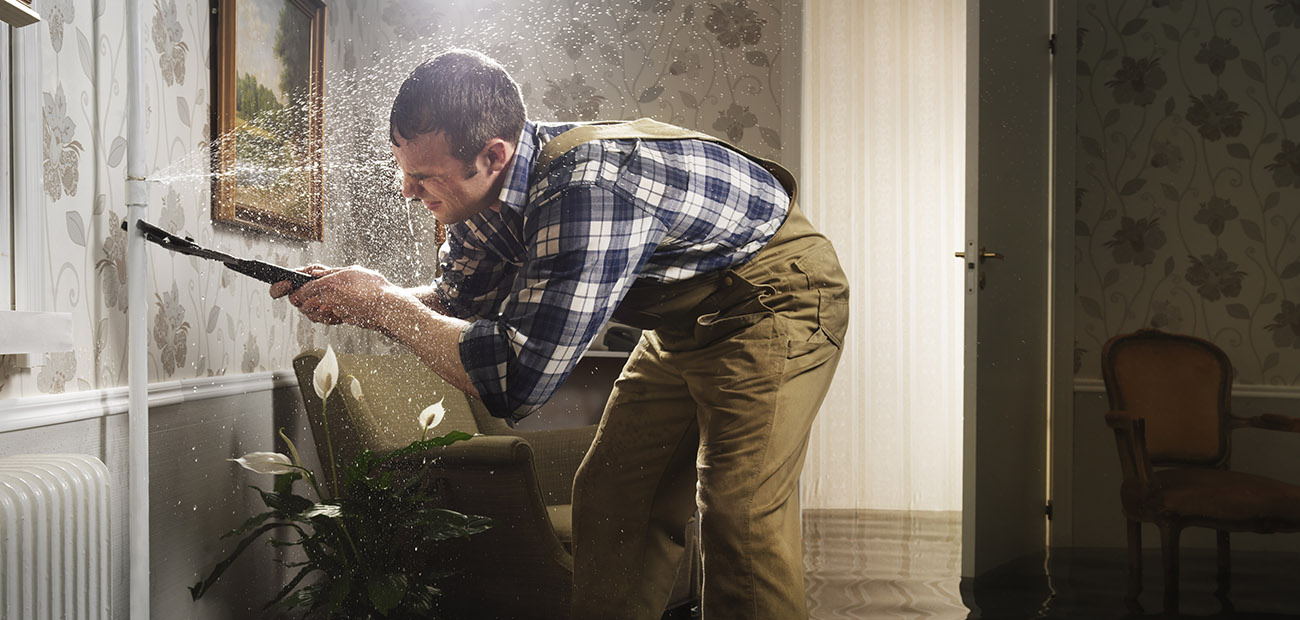
Homeowners may have gotten overconfident with their DIY skills. Armed with YouTube tutorials and extra time at home during the pandemic, more homeowners have been drawn to DIY house projects to save money and bypass waits for overbooked contractors. Home inspectors are seeing the results of that DIY surge. When homeowners go to sell, they say more DIY jobs are popping up as red flags.
“We want homeowners to be handy, but we want them to be careful about what they choose to do to their home,” says Adam Long, president of the HomeTeam Inspection Service, which has 200-plus offices nationwide. “It’s important to know when to call in a professional. Saving $200 to $300 for an electrician or plumber could end up costing you thousands in the end.”
Here are the areas where home inspectors are noticing an uptick, Long says.
#1 Electrical Work
Common DIY tasks: Installing a lighting fixture, ceiling fan, or dimmer switch
Risks: Electrocution and home electrical fires
Red flags: Inspectors are spotting overloaded circuit boxes, wires left exposed or the wrong wires being used, and improper junction boxes. “Any changes in the electrical box can be problematic, even when it seems minor like adding a dimmer or wall switch or even a Wi-Fi–enabled switch,” Long says. Personal dangers aside, faulty wiring can cause shorts that lead to house fires. Further, homeowners who do their own electrical work may have failed to get the necessary permits—approvals from municipalities that shows a job was done to code. Failing to get permits can result in fines and hold up a home sale.
#2 Plumbing
Common DIY tasks: Changing a faucet or appliance
Risks: Water leaks or flooding to the home and mold
Red flags: Plumbing that is wrongly installed or repaired can cause significant damage to a home, such as flooding and eventual wood rot and mold growth, which can affect air quality and human health. “Be careful any time you do anything with the home’s plumbing to make sure you are doing it safely and correctly,” Long says. Homeowners may be tempted to change a faucet or update an appliance like a dishwasher. But one wrong connection can lead to costly damage. A dishwasher requires lots of water pressure. If it’s not properly hooked up, homeowners could experience significant flooding in a kitchen.
#3 Roofing & Decks
Common DIY tasks: Installing or extending a new deck or repairing roof shingles
Risks: Injuries from falls and damage to the home
Red flags: Home inspectors say DIY deck installations often are improperly attached to the house or have loose, insecure handrails, both of which pose safety concerns. With roofs, homeowners may try to replace a shingle. “Professionals take extra precautions and know how to stay safe on the roof while making repairs,” Long says. Decks and roofs are some of the highest-priced home items to fix—and where the labor tends to be more expensive than materials, homeowners are too often tempted to do it themselves for the savings, Long says.
#4 Landscape Grading
Common DIY tasks: Adding landscaping or outdoor elements that change water flow around the home
Risks: Improper draining, flooding, and structural damage
Red flags: Inspectors may spot puddles of water around the home’s foundation. When the house was built, the yard was graded so that water would flow away from the home. But after a few years, grading may not have been properly maintained. This can cause water to rush around the foundation and lead to structural damage or water entering a basement or crawl space. “This one is an easy one to pay attention to, especially when it’s raining,” Long says. “That’s the best time to check that water is moving away from the foundation. The gutters should be directing water away from the foundation, too.”
